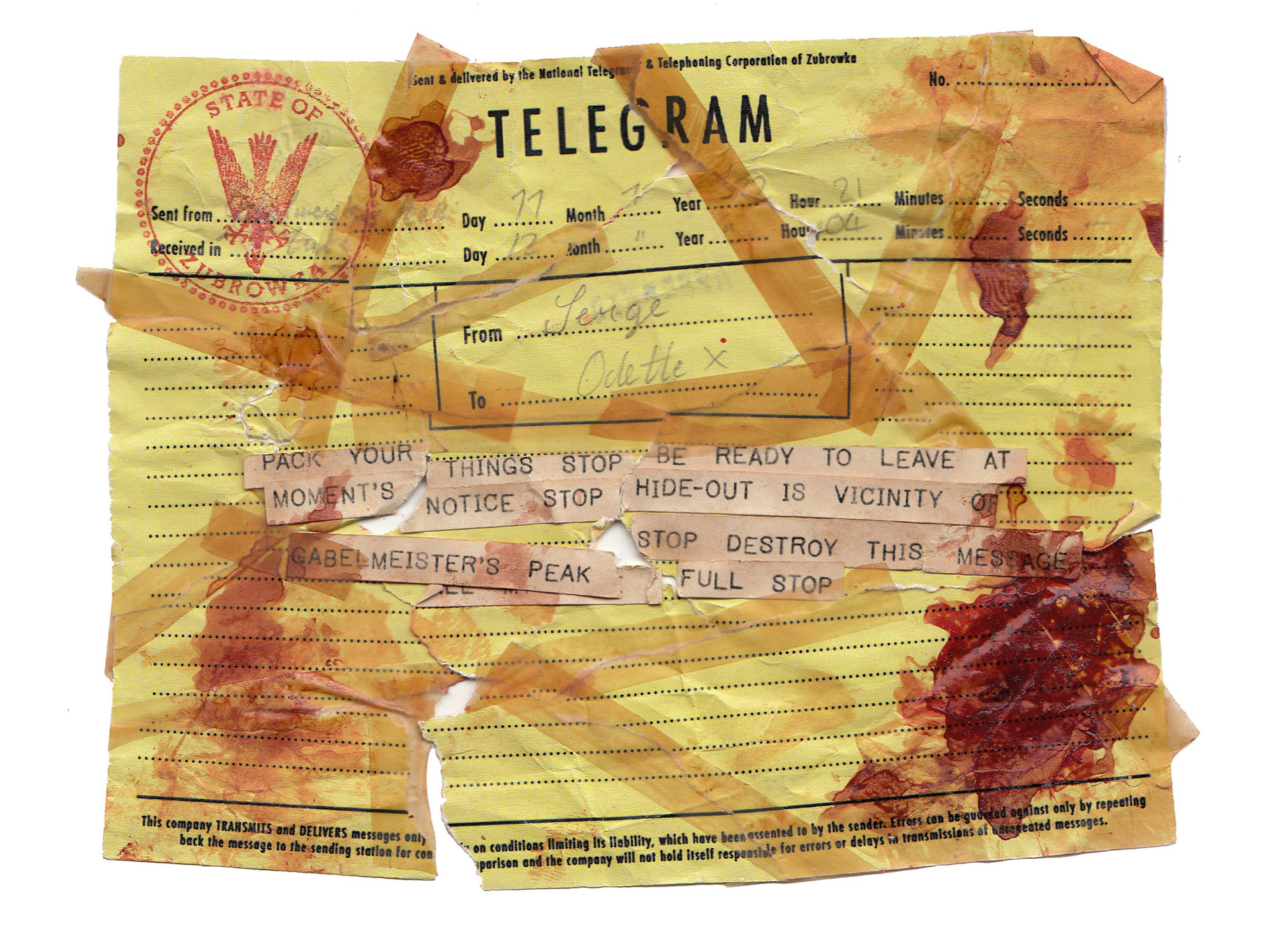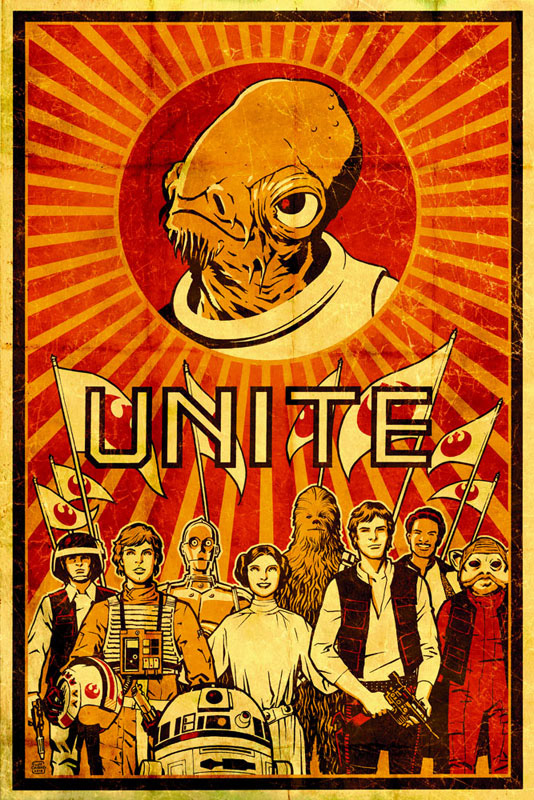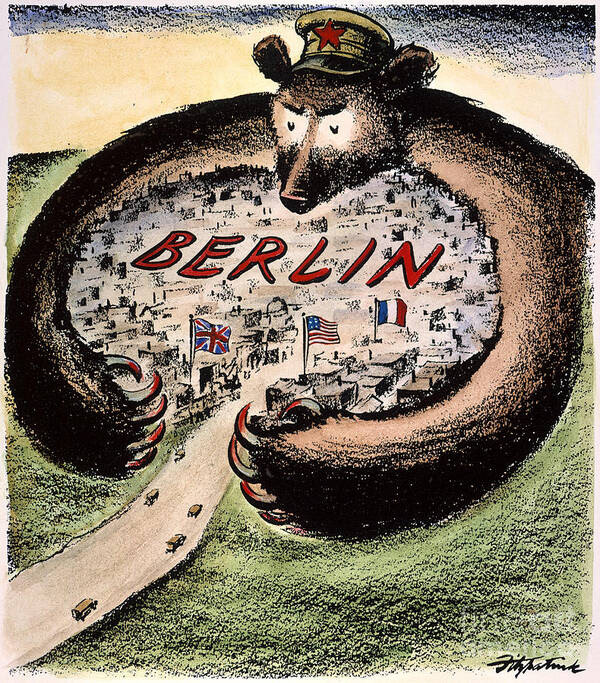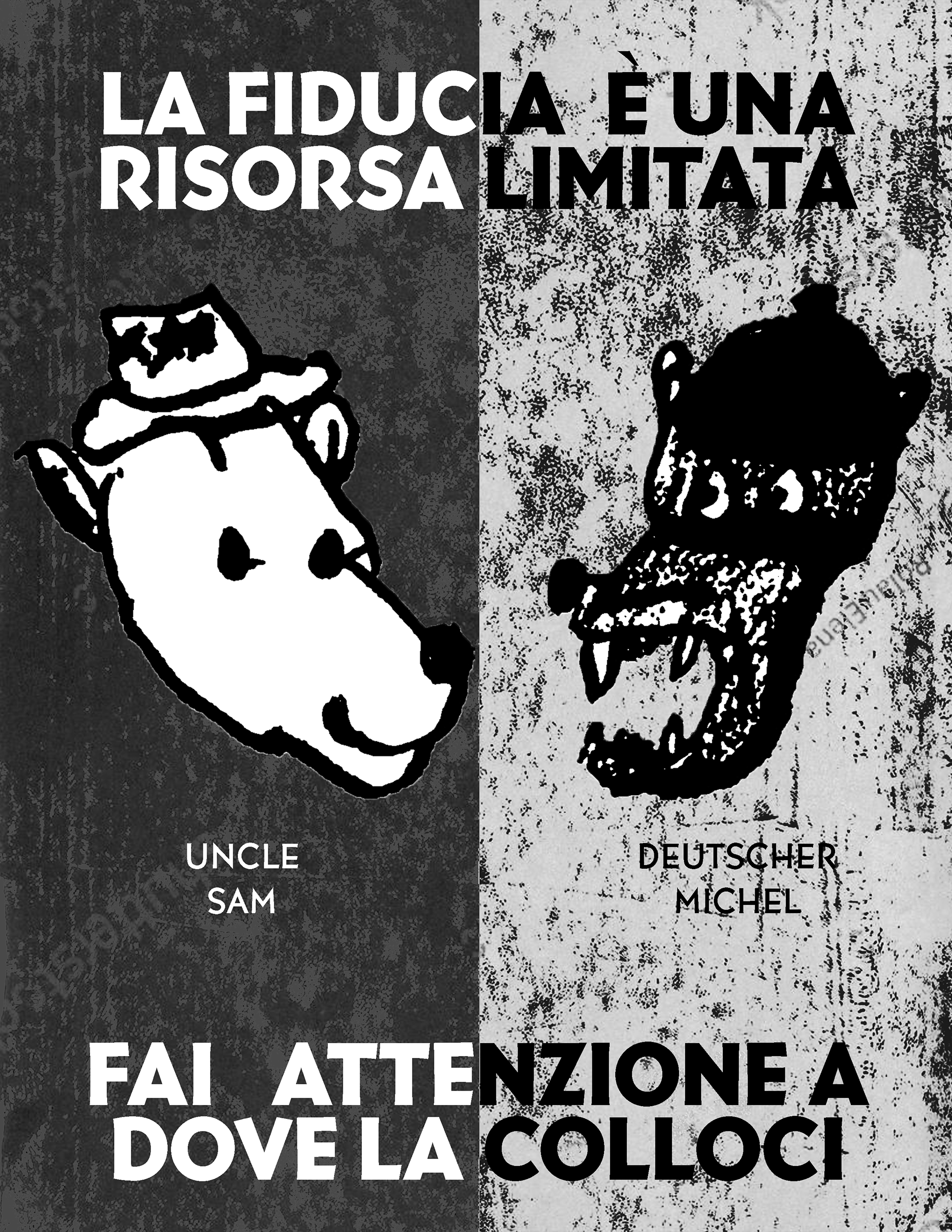Artist Statement
My work in "Bears" explores the deceptive nature of foreign propaganda, examining the dichotomy between light and dark symbolism employed to manipulate public perception. Drawing from the contrast between depictions of polar and grizzly bears in Nazi propaganda, I aim to depict this dichotomy while incorporating elements of misdirection. Influenced by historical analysis, I seek to highlight the manipulative tactics employed by propagandists. By incorporating a single Spanish sentence, I hint at ulterior motives, reinforcing the underlying deceit inherent in foreign propaganda. Through "Bears" and similar explorations, I prompt viewers to remain vigilant in the face of deceptive rhetoric, urging them to critically examine the narratives presented in propaganda.
Influences

Abram Games

Annie Atkins

Annie Atkins

Cliff Chiang

Bob Satterfield

D.R. Fitzpatrick

Nazi Officers next to polar bear mascot
Drafts

First Draft

Second Draft

Final Draft
Design and Ethical Considerations
For this poster, I wanted to create my interpretation of foreign propaganda that's deceitful to audiences of different political standings in a particular conflict. One of the symbols that I wanted to reflect this concept is the dichotomy between depictions of polar bears and grizzly bears portrayed by Nazi propagandists. In an article dissecting this portrayal, Francesco Buscemi analyzed how Nazi propaganda used light animals, like polar bears, to represent the German people and dark animals, like grizzly bears, to portray Germany’s enemies. Most commonly in Nazi propaganda during World War 2, the image of a dangerous grizzly bear symbolized the Soviet Union. Nazi propagandists played off of the fear of the German people by showing the bear as powerful, untamed, and dangerous as it related to the war effort (2021, p. 337). The significance of light animals showed purity and innocence, and Germany thought it more appealing to their audience. The contrast between dark and light is also between perceived good versus evil and cultured versus uncivilized (p. 338). Understanding the significance of the Nazi's utilization of these symbols, I wanted to depict this dichotomy but incorporate the potential of misdirection that comes from foreign propaganda. I originally wanted to incorporate exclusively foreign languages, but I used a single Spanish sentence to hint toward ulterior motives instead. I think that putting the concept of the poster being foreign propaganda on the proverbial back-burner helped reinforce the semiotics being involved. However, I believe this reinforces the deceit that propaganda like this tries to achieve.
Translation:
From Spanish: Patrocinado por los osos polares devoradores de caras de Suiza (Sponsored by the face-eating polar bears of Switzerland)
From Spanish: Patrocinado por los osos polares devoradores de caras de Suiza (Sponsored by the face-eating polar bears of Switzerland)
AI Use: Both images of the bears in this poster were initially generated using Adobe Firefly. The seal of the polar bear initially didn't include the head of the polar bear but that of a man. I edited out the head of the man and replaced it with the drawing of the polar bear head that I used in the first draft of this poster. As well, the grizzly bear was generated based on an existing image of a cartoon bear. After I got the desired image, I adjusted the white lines to balance more of the white in the element to the outlines and face of the bear.
Final Print
References
Buscemi, F. (2021). The Aryan Race of Animals: The Role Played by Colour in the Visual Semiotics of Nazi Propaganda. American Journal of Semiotics, 37(3–4), 329–350. https://doi.org/10.5840/ajs20223775
